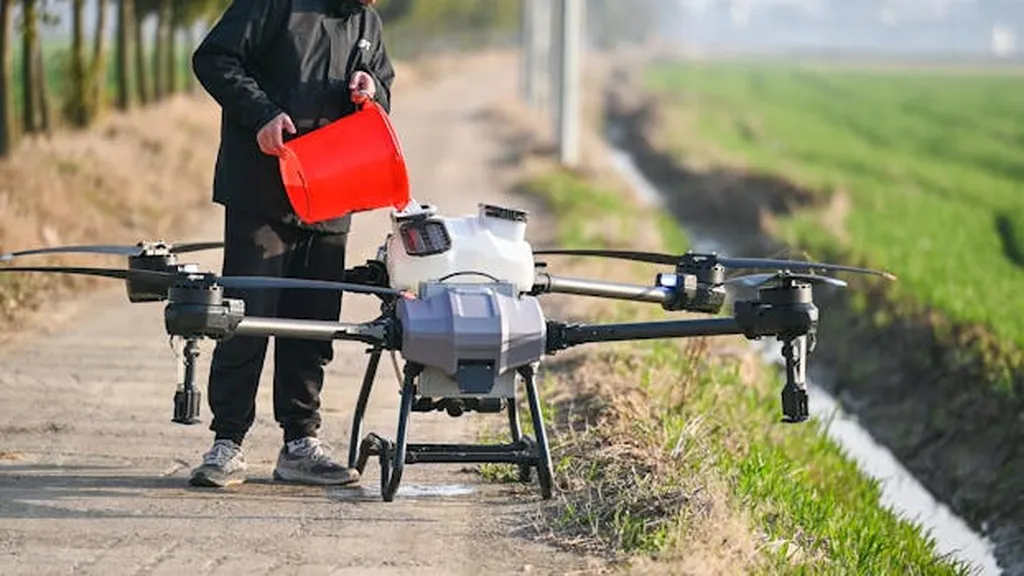In the heart of China’s Guangxi region, a groundbreaking study led by Lihong Zhu from the Department of Remote Sensing and Geoinformation at Changsha University of Science & Technology is revolutionizing how we monitor crop growth and manage irrigation. The research, published in the IEEE Journal of Selected Topics in Applied Earth Observations and Remote Sensing (translated as the IEEE Journal of Selected Topics in Applied Earth Observations and Remote Sensing), introduces a high-resolution vegetation optical depth (VOD) time series derived from Sentinel-1 C-band SAR data. This innovation promises to enhance precision agriculture and bolster regional food security assessments.
Vegetation optical depth, a microwave-based vegetation index, is pivotal for assessing crop canopy water content and biomass. Traditionally, VOD has been retrieved from passive microwave data, which offers low resolution and falls short of capturing the nuances of crop growth dynamics at finer scales. Zhu and her team addressed this limitation by developing a high-resolution Sentinel-1 VOD time series using the water cloud model (WCM) coupled with the TU-Wien change detection algorithm.
“The main challenge in retrieving a high-resolution VOD dataset from Sentinel-1 is the lack of high-resolution soil moisture observations,” Zhu explains. “This impeded the precise correction of soil scattering component interference in the WCM.” To overcome this hurdle, the team utilized the corrected soil scattering components from the TU-Wien algorithm as input parameters for the WCM. This approach allowed them to construct a VOD time series with unprecedented spatial detail.
The TU-Wien algorithm provided a 10-meter resolution surface soil moisture (SSM) observation dataset, serving as a crucial bridge to retrieve high-resolution VOD. The results were promising, with the S1 SSM product showing strong agreement with the CLDAS-V data in southern Guangxi. Most pixels exhibited R values greater than 0.50, indicating satisfactory performance in this region during 2019. Across most areas of the study region, the correlation between VOD and NDVI was positive, with R values exceeding 0.6.
This high-resolution VOD can be effectively used to monitor crop water stress, growth stages, and yield conditions with greater spatial detail. “Our findings support precision agriculture and contribute to regional food security assessments,” Zhu notes. The implications for the energy sector are significant, as improved crop management can lead to more efficient water and resource use, ultimately reducing energy consumption in agriculture.
The research not only advances our understanding of crop monitoring but also paves the way for future developments in precision agriculture. As Zhu and her team continue to refine their methods, the potential for high-resolution VOD to transform agricultural practices and enhance food security becomes increasingly evident. This study is a testament to the power of innovative remote sensing techniques in addressing global challenges and driving sustainable development.

